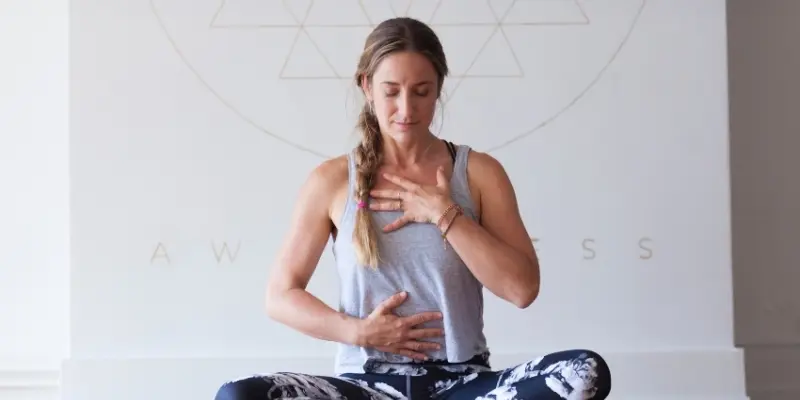In a fast-paced world characterized by work pressures, personal responsibilities, and unpredictable events, stress has become a ubiquitous part of life. However, continuous exposure to stress can take a toll on our overall health and well-being. One natural, easy, and cost-effective way to combat stress is through the practice of breathing exercises. This article will delve into the science behind the stress-reducing benefits of breathing exercises, provide a selection of specific practices, and guide you on how to incorporate them into your daily routine.
Understanding the Link Between Breathing and Stress
Breathing exercises are rooted in the principle of controlling the body’s automatic stress response, also known as the fight-or-flight response. When we perceive a threat, our bodies react by releasing adrenaline, quickening the heart rate, and increasing blood pressure. This response, useful in emergency situations, can be harmful when triggered frequently by daily stressors.
On the other hand, by adopting deep and controlled breathing, we can trigger the body’s relaxation response, which in turn decelerates the heart rate, diminishes blood pressure, and minimizes the concentrations of stress hormones. Alterations in the breathing rhythm communicate with the brain to modify the parasympathetic branch of the nervous system. This action can decelerate heart rate and digestion, fostering a sense of tranquility.
Also Read
Breathing Exercises for Stress Management
1. Box Breathing
Box breathing is a straightforward method that requires uniform counting for each phase of the breath. Begin by gradually exhaling until your lungs are empty. Subsequently, draw in a soft breath through your nose, counting to four as you do so. Keep the breath held within you for another count of four. Release the breath slowly through your mouth, again to a count of four. Lastly, pause with your breath held out for a further count of four. This constitutes one cycle. Execute this sequence for approximately four to five minutes.
2. 4-7-8 Breathing
The “relaxing breath” technique is a method that includes a process of inhaling over a span of 4 seconds, retaining the breath for 7 seconds, and subsequently exhaling over 8 seconds. This breathing cycle assists in curbing anxiety, promoting sleep, and controlling cravings.
3. Diaphragmatic Breathing
Often referred to as “belly breathing,” this technique emphasizes full oxygen exchange and slowing the heartbeat. Take a slow, deep breath through the nose, allowing your belly to push against your hand. Exhale through pursed lips as you contract your abdominal muscles, keeping your upper chest still.
4. Progressive Muscle Relaxation and Breathing
This practice merges deep inhalations and exhalations with systematic muscle relaxation. After dedicating a few minutes to deep breathing, shift your attention to one area of the body or a cluster of muscles. As you take in a breath, contract these muscles as firmly as possible for approximately 5 seconds. On the exhale, instantly release the built-up tension within these muscles. Allow yourself a brief period of relaxation before proceeding to the next group of muscles.
Incorporating Breathing Exercises into Your Routine
Breathing exercises can be performed virtually anywhere and at any time, making them a highly adaptable stress management tool. Start by setting aside a few minutes each day—perhaps in the morning or before bedtime—to practice your chosen breathing exercises. Gradually increase this time as you become more comfortable with the techniques.
While the impacts of breathing exercises can be experienced instantly, regular and sustained practice can lead to enhancements in mental well-being, an increased ability to handle stress, and even a decrease in blood pressure.
Conclusion
Breathing exercises offer a practical, convenient, and powerful tool to help manage stress and induce relaxation. They require no special equipment or location and can be practiced by anyone, regardless of age or fitness level. While these techniques may seem simple, their impact on our physiological and psychological well-being is substantial. By integrating these practices into your daily routine, you can harness the power of your breath to create a healthier, more balanced lifestyle. Remember, it’s not about eliminating stress but rather about equipping yourself with the skills to manage it effectively.














